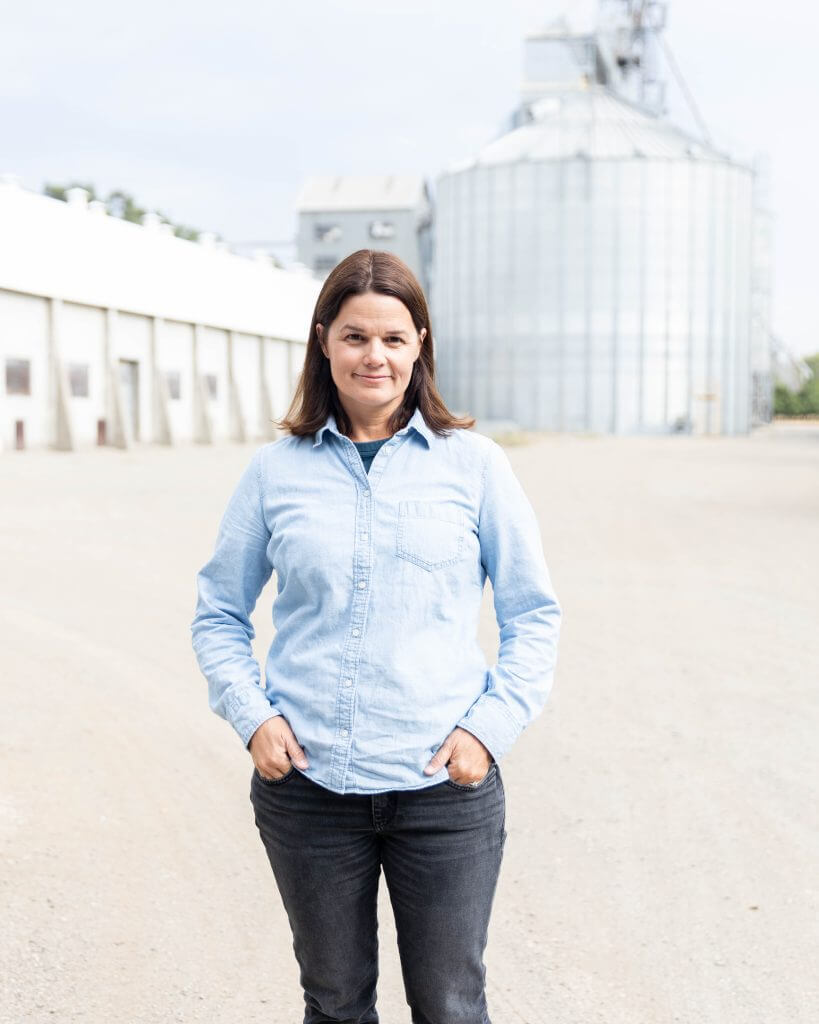
Most can make adjustments when conditions are optimal, but when faced with real adversity, that is when one’s character is revealed.
The Erdman story begins in 1920. Kim’s grandfather, Fritz Erdman, suffered a traumatic loss when his mother was struck and killed by a train in the family’s home state of Oklahoma.
Fritz and his father were in need of a fresh start, so the family packed up and moved out west to live near his uncle who farmed land in Glenn County, in Northern California.
Growing up on a farm with his father and uncle, Fritz believed he was prepared for anything. And, having experienced such hardship and heartache at a young age, he also believed he could overcome any obstacle. If not for this belief, he probably would have taken up another craft after his first major setback.
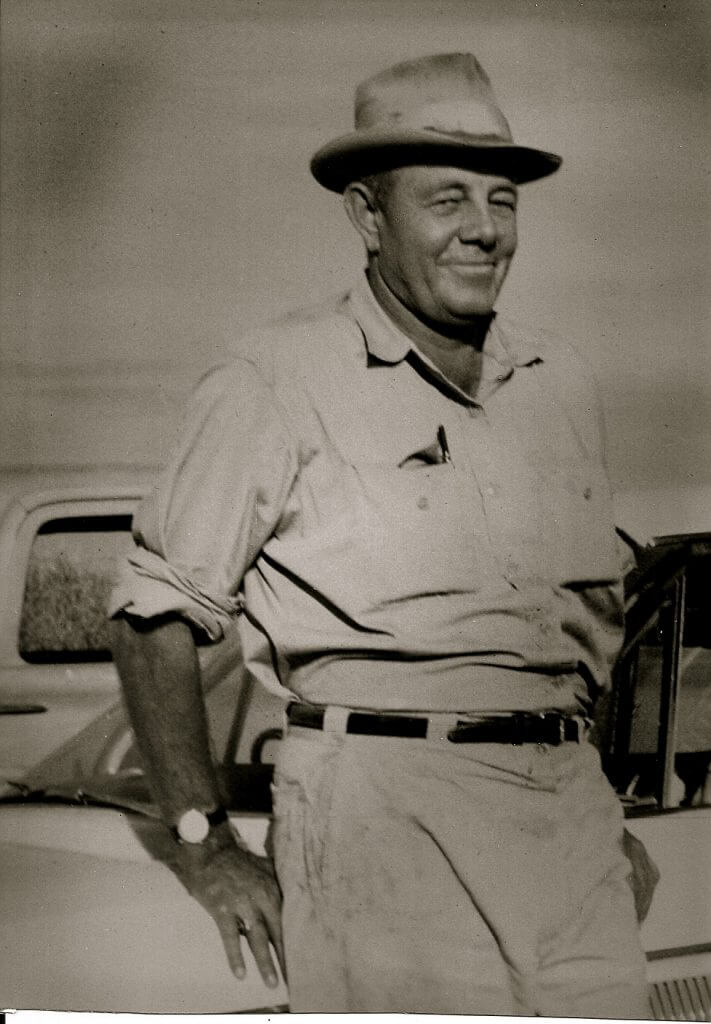 Heavy rains lead to dramatic flooding, wiping out all of his 1936 crop in the first year he was out on his own. A bank loan would get him through the next couple of years, but conditions seem to only be getting worse on his plot of land. Some forty miles away, a parcel nestled along a levee near the town of Grimes was on the market.
Heavy rains lead to dramatic flooding, wiping out all of his 1936 crop in the first year he was out on his own. A bank loan would get him through the next couple of years, but conditions seem to only be getting worse on his plot of land. Some forty miles away, a parcel nestled along a levee near the town of Grimes was on the market.
“He knew he needed to adapt,” says Kim Gallagher, Frtiz Erdman’s granddaughter and now a 5th generation farmer. “He was always interested in engineering and wanted to experiment with new growing techniques.”
Innovation didn’t stop in the fields. Rice drying on a large scale was still troublesome throughout the industry, without proper drying, the rice stays wet and will begin to mold or breakdown. Fritz built a new kind of flat house drier.
He put screens at bottom of the football field-sized warehouse and then fans underneath. This allowed the Erdmans to keep the rice at constant moisture.
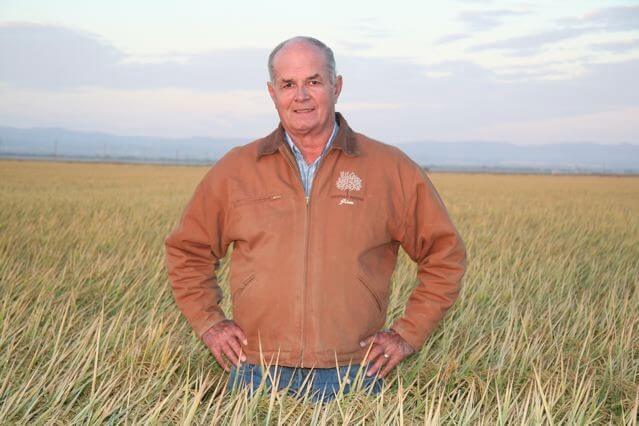 Fritz passed away in the 1970s, but his son, Jim, took over operations and kept the innovative spirit alive by implementing new environmentally friendly practices in the fields such as not spraying grasses and weeds in surrounding ditches and lands. This led to creation of habitat for insects and reptiles that boosted pollination of wild flowers and crops and aided in overall pest control.
Fritz passed away in the 1970s, but his son, Jim, took over operations and kept the innovative spirit alive by implementing new environmentally friendly practices in the fields such as not spraying grasses and weeds in surrounding ditches and lands. This led to creation of habitat for insects and reptiles that boosted pollination of wild flowers and crops and aided in overall pest control.
When Jim fell ill, Kim and her husband, Pat Gallagher, began spending more time on the Erdman family farm – eventually taking over
complete control in 2014.
While her grandfather dealt with flooding, Kim is saddled with navigating through historic periods of drought.
“We can either try to ignore it, or adapt to our new normal and create a system that is functional not only for farming but for wildlife as well.”
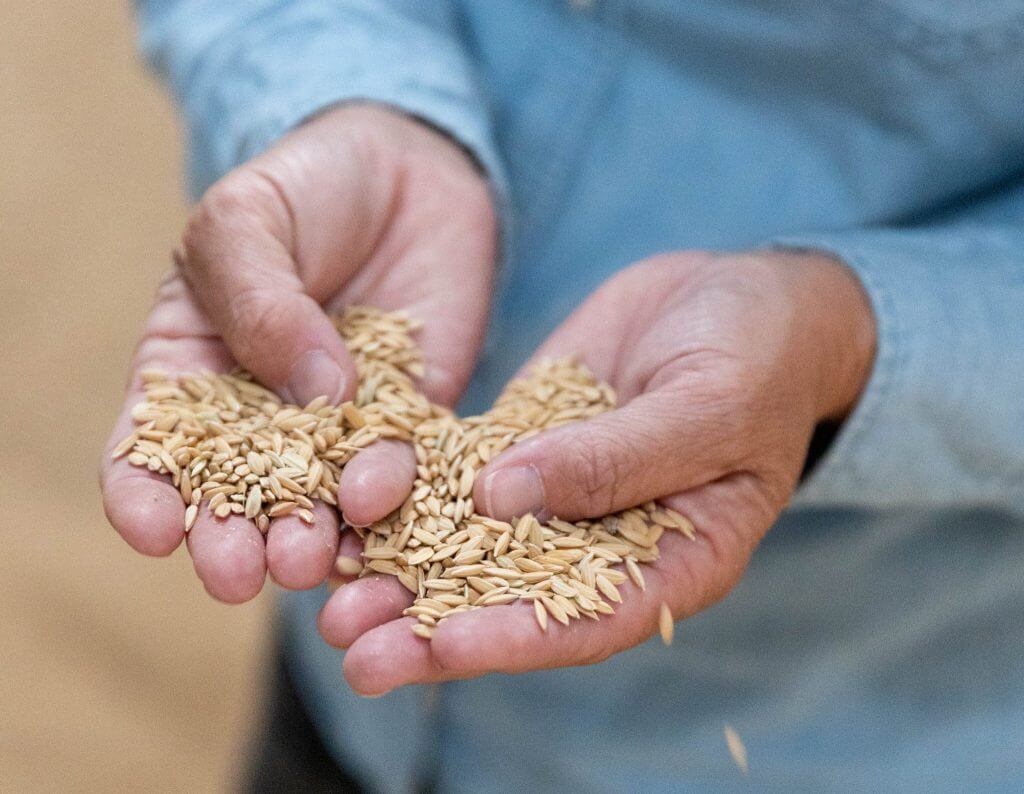
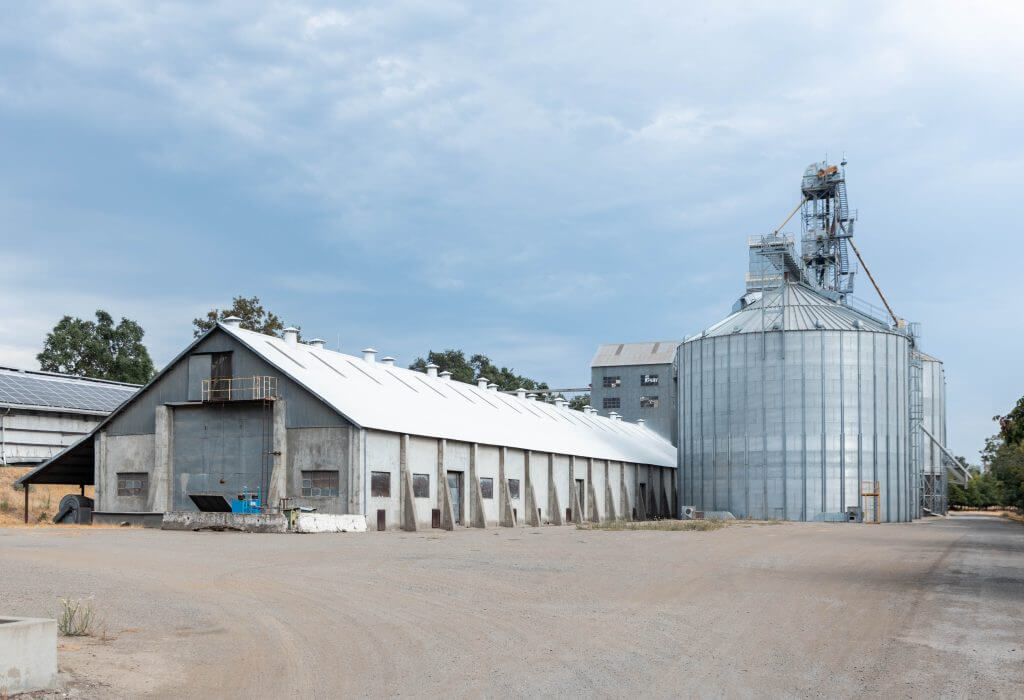
On the family’s rice fields, Kim is turning to winter flooding to breakdown the remaining rice straw after harvest and provide valuable habitat to migrating shore birds and water fowl along the Pacific Flyway.
Those same fields are also being used to grow food for fish like the endangered chinook salmon who are cut off from their primary food source. The water on the fields is drained back into the Sacramento River full of nutrients the fish need for survival.
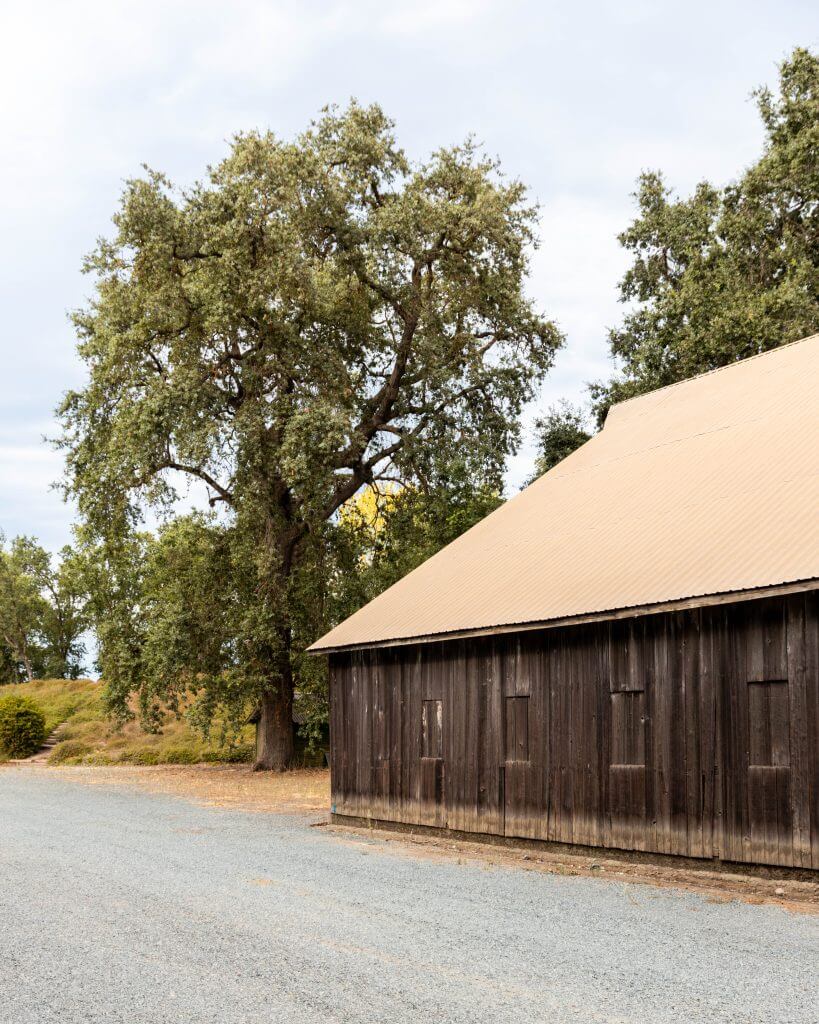 Many people may fold up or take the easy route when times take a turn for the worse, but the Erdmans have continually shown an appetite to do the opposite. This pioneering mindset may have been born out of tragedy, but is it a spirit that that each generation has adopted in their own way.
Many people may fold up or take the easy route when times take a turn for the worse, but the Erdmans have continually shown an appetite to do the opposite. This pioneering mindset may have been born out of tragedy, but is it a spirit that that each generation has adopted in their own way.
Who knows what the future holds for this farming family, but we can be fairly certain they’ll adapt as they always have.
Listen to podcast below.
Click below for more details.
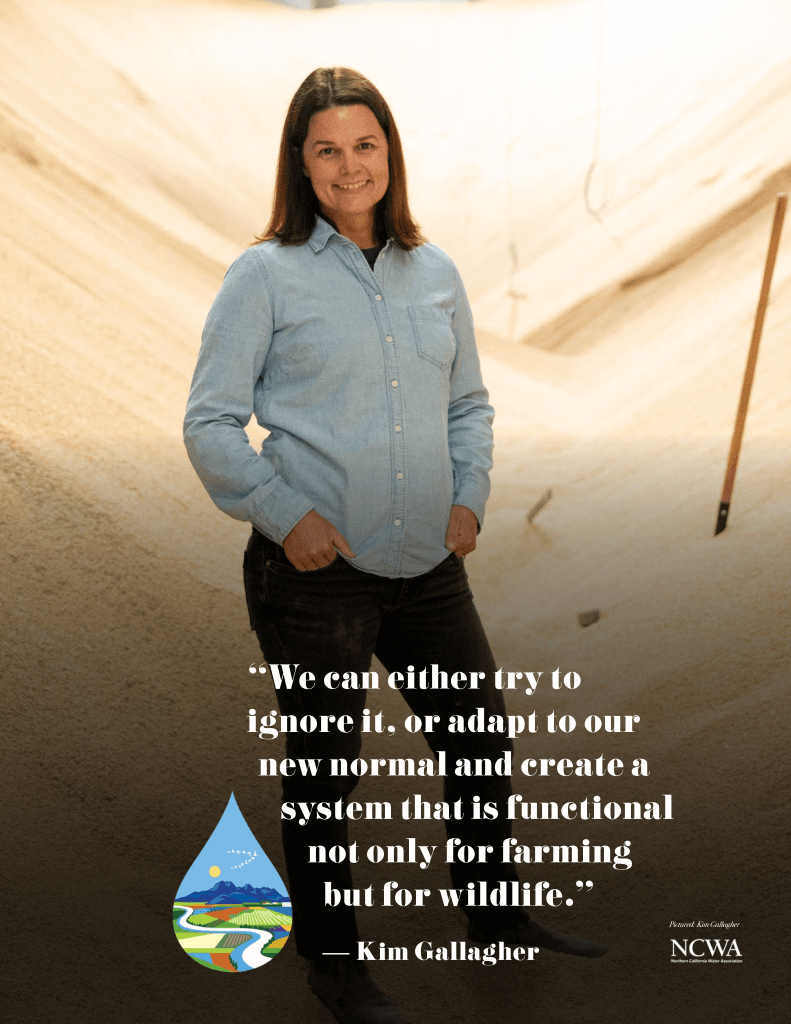




Excellent article about modern farming and what it takes to keep up with our times.